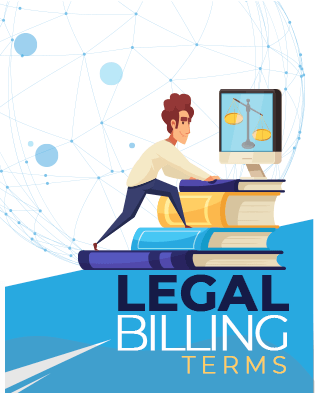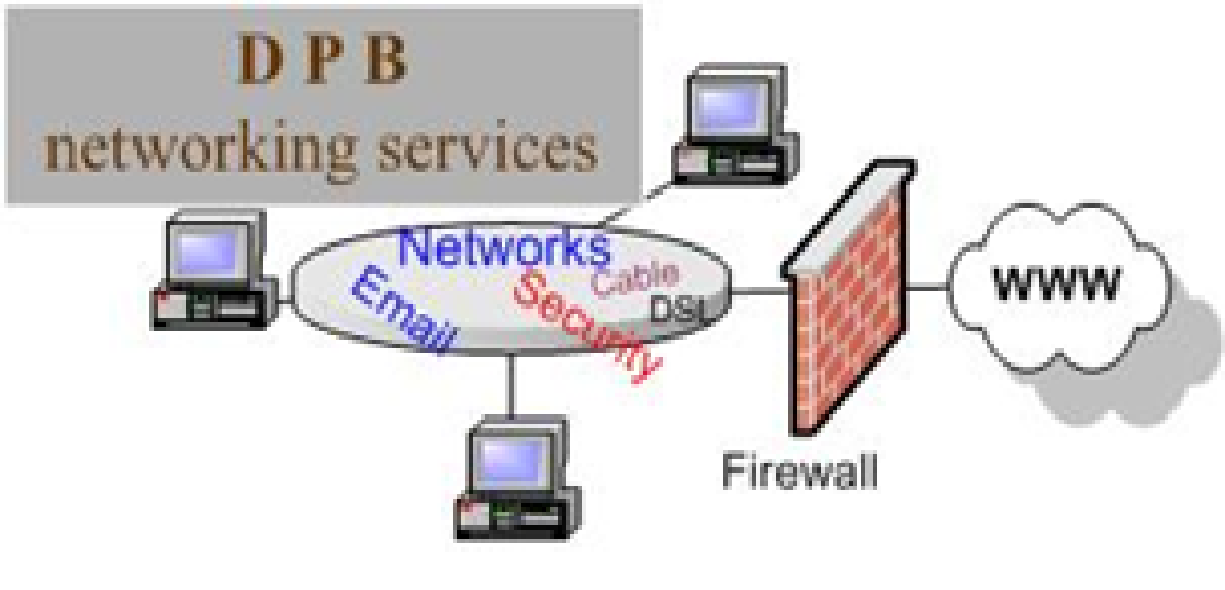Legal communication is the cornerstone of a transparent client-firm relationship. A breach of client-firm communication can result in legal and financial repercussions, loss of client privilege, compromised cases, and even regulatory penalties.
With 92% of law firms and solo lawyers preferring email communication with clients, regulating emails has become essential. In the US alone, 45% of all firms faced data breach issues in 2023, with each data breach averaging $4.45 million. To protect law firms from the legal and financial implications of data breaches, adding a confidential email disclaimer in client-firm email communication is a no-brainer.
Why Do Law Firms Use Confidential Email Disclaimers?
Law firms need to take strict measures to address the increasing risk of online fraud. Adding confidentiality disclaimers during legal email communications decreases fraud cases and legal liability.
Protecting sensitive client information
Law firms protect clients by marking emails as confidential, reducing the risk of unauthorized distribution and data leaks. This directs recipients not to share email content without consent and to handle it cautiously to minimize cyber risks.
Preventing unintentional disclosure of confidential data
Confidentiality disclaimers help prevent accidental breaches by instructing unintended recipients to keep confidential information private.
Other legal and practical benefits
Law firms comply with legal requirements of Federal and State Laws by including necessary confidentiality email disclaimers. These disclaimers further limit liability in cases where data is disclosed, saving the firm from hefty lawsuits.
Types of Confidential Information in Legal Communications
Law firms and clients both must know which information is classified as confidential to avoid its unauthorized access or use. This information will reduce data breaches of legal communications to some extent.
Attorney-client privileged information
Any communication between an attorney and their client remains confidential and protected from disclosure. For example, a client’s confession to the attorney cannot be shared with any third party.
Client financial and personal details
These include sensitive information such as a client’s social security number, home address, bank details, tax returns, etc. Protecting financial data is important to prevent theft or financial fraud.
Ongoing litigation strategies and case details
Case discussions, documents, and legal strategies shared through email are highly confidential. Legal documents like motions and briefs, litigation strategies like negotiations and defense techniques, and witness testimonies are confidential legal communications.
Internal firm information
It encompasses operational details, such as financial records, client lists, and personal information of clients and employees.
Key Elements of an Effective Confidential Email
An effective, confidential email disclaimer protects sensitive information by incorporating all the key elements listed below.
Identification of Confidential Information
An effective disclaimer should clearly classify confidential information as personal, financial, or legal to protect law firms from unintentional disclosures.
Liability Mitigation
Include limitations of liability in the confidentiality disclaimer to minimize legal risks. The limitations should specify the extent to which a law firm can be held responsible for the unauthorized disclosure or use of sensitive information.
Instructions for Unintended Recipients
An effective disclaimer instructs unintended email recipients to immediately notify the sender and refrain from sharing confidential information.
Prohibition of Unauthorized Use and Dissemination
Adding strict prohibitions to access, use, or disseminate confidential information is a core feature of an efficient email privacy statement.
Regular Updates
Effective disclaimers are reviewed and updated periodically, subject to state laws and organizational policy changes.
Best Practices for Writing a Confidential Email Disclaimer
The role of a confidential notice for email is now clear, making it imperative to follow the best practices when creating one.
Place the disclaimer at the beginning of the email.
Placing the disclaimer at the start of the email helps recipients see the disclaimer immediately to understand the confidentiality requirements before engaging with the content. It prevents accidental disclosure or misuse.
Use concise and unambiguous language.
The best confidential email disclaimer is concise, clear, and free of ambiguity for recipients. It effectively communicates the sensitive nature of the data and instructions for handling confidential information without complex legal terminology.
Tailor the disclaimer to your firm’s specific needs.
The disclaimer is customized to reflect the firm’s legal practices, confidentiality protocols, and regulatory compliance. Depending on the region, it should include relevant laws and regulations, such as GDPR for Europe or CCPA for California.
FREE Legal Billing Terms Cheat Sheet
Legal billing terms can be confusing.
TimeSolv has prepared a list of the most commonly used legal billing terms that lawyers use in routine. It's a must to have it in your pinned files, sticky notes, or however you carry your essentials while practicing.
Download our cheat sheet and get all the information you need!
Examples and Templates for Confidential Email Disclaimers
Following best writing practices, here are some ready-to-use confidentiality notice email examples and templates.
Sample Disclaimers for Law Firms
Law firms can immediately incorporate any of the following privileged and confidential email disclaimer samples into their emails.
Sample 1
This email contains confidential material and is intended solely for the named recipient. If you have received it by mistake, please notify the sender and delete this email from your system. Any unauthorized use or dissemination of this confidential material, either in full or in part, is strictly prohibited.
Sample 2
This message, including any attachments, is confidential and may be legally privileged. It is intended solely for the addressee. If you are not the intended addressee, please notify the sender and delete this message from your system. Unauthorized access, use, or dissemination is strictly forbidden.
Customizable Disclaimer Templates for Various Scenarios
Email confidentiality disclaimers vary depending on the purpose. In addition to the confidentiality email disclaimer examples shared above, choose the disclaimers from the following scenarios that best fit your case.
Virus Transmission Disclaimer Template
[Company Name] prioritizes the security of its clients. Despite our best efforts, the data or external links in this email can be infected or corrupted. Therefore, the email recipient should exercise caution as the sender is not liable for any damage caused by the contents of this email.
Financial Information Disclaimer Template
This email contains confidential financial information solely intended for the addressee. If you are not the intended addressee, please notify the sender immediately and delete this email. Any unauthorized access, use, or distribution of the email contents is strictly prohibited.
Secure Data and Streamline Workflows with TimeSolv
The global spending on data security increased to $219 billion in 2023 in response to millions of data breaches. To secure the client’s confidential information, use TimeSolv’s secure data system and streamlined workflows. TimeSolv facilitates data security and optimized workflow through timely billings, regular backups, and frequent reporting to clients.
FREE Legal Billing Terms Cheat Sheet
Legal billing terms can be confusing.
TimeSolv has prepared a list of the most commonly used legal billing terms that lawyers use in routine. It's a must to have it in your pinned files, sticky notes, or however you carry your essentials while practicing.
Download our cheat sheet and get all the information you need!















